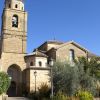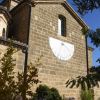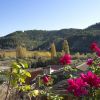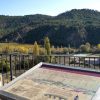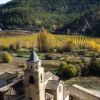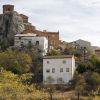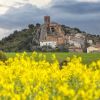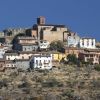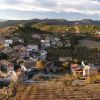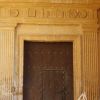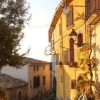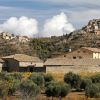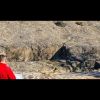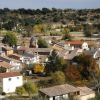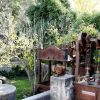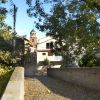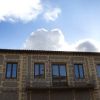PUEBLOS
Huerta de Vero
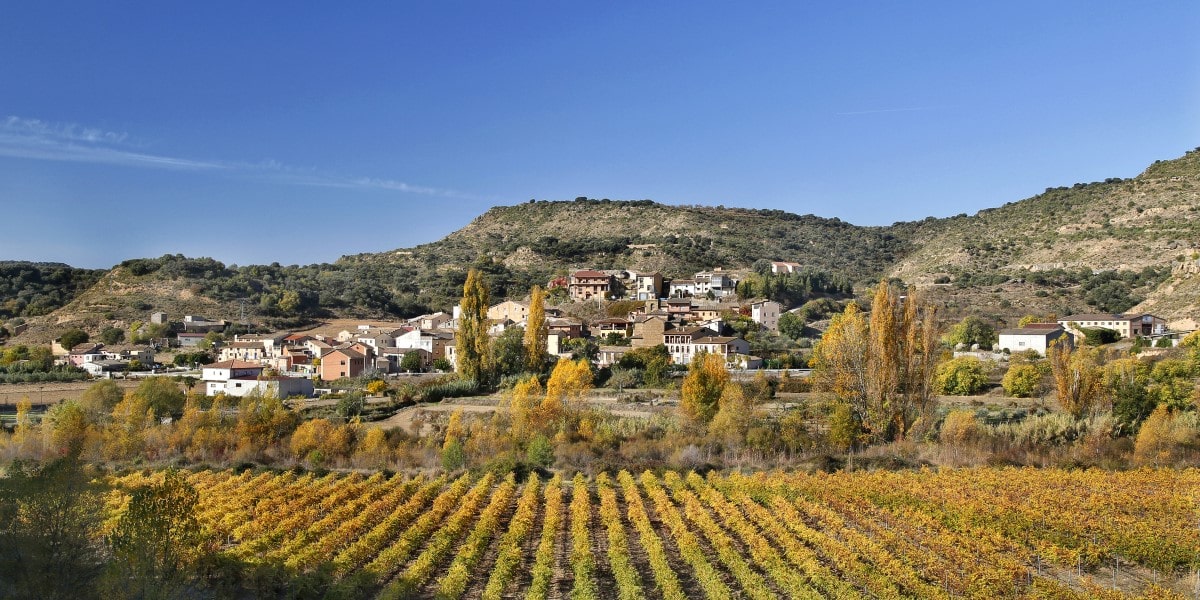
Huerta lies to the north of the Somontano region, in an area of such historical richness that it is considered by many to be an open air museum; the River Vero Natural Park. It is also within easy reach of the Sierra de Guara National Park.
Vegetable plots dotted with small houses are carefully tended by gardeners while the riverbanks hide vestiges of old mills and ancient bridges; just a few abandoned stones in some cases. The fountain highlights man’s intelligent use of water over the centuries.
Climbing up the hillside of San Pedro, the town of Huerta is a lush fertile place on the banks of the River Vero. Along the same riverside the scant remains of old mills and bridges lie sleeping.
The stone houses reflect the past lives of their inhabitants. They are simple functional buildings, perfectly adapted to the surroundings, to tradition and to the necessities of their builders. They have beautiful exteriors, some decorated with geometric signs, and others with pleasant paved patios. The solar symbols and four-petal roses sculpted on the keystones of the old doorways of the houses hide messages that have been lost in time.
Steep slopes and intimate streets dating from different eras, lead to the church. This Romanesque building was replaced in the 18th century with a completely restored model, rebuilt in the popular baroque style.
Night time bonfires accompany the fiestas of San Fabián and San Sebastián on the 20th of January. On the 15th of May, Huerta honours San Isidro with the preparation of a huge pot of beans. The pilgrimage to Santa María de Dulcis also takes place in May. The cycle of fiestas finishes with the annual festival in honour of the Virgin Mary in August. On All Souls Night Huerta maintains the tradition of scooping out pumpkins and placing candles inside – similar to Halloween jack-o-lanterns.
Hoz de Barbastro
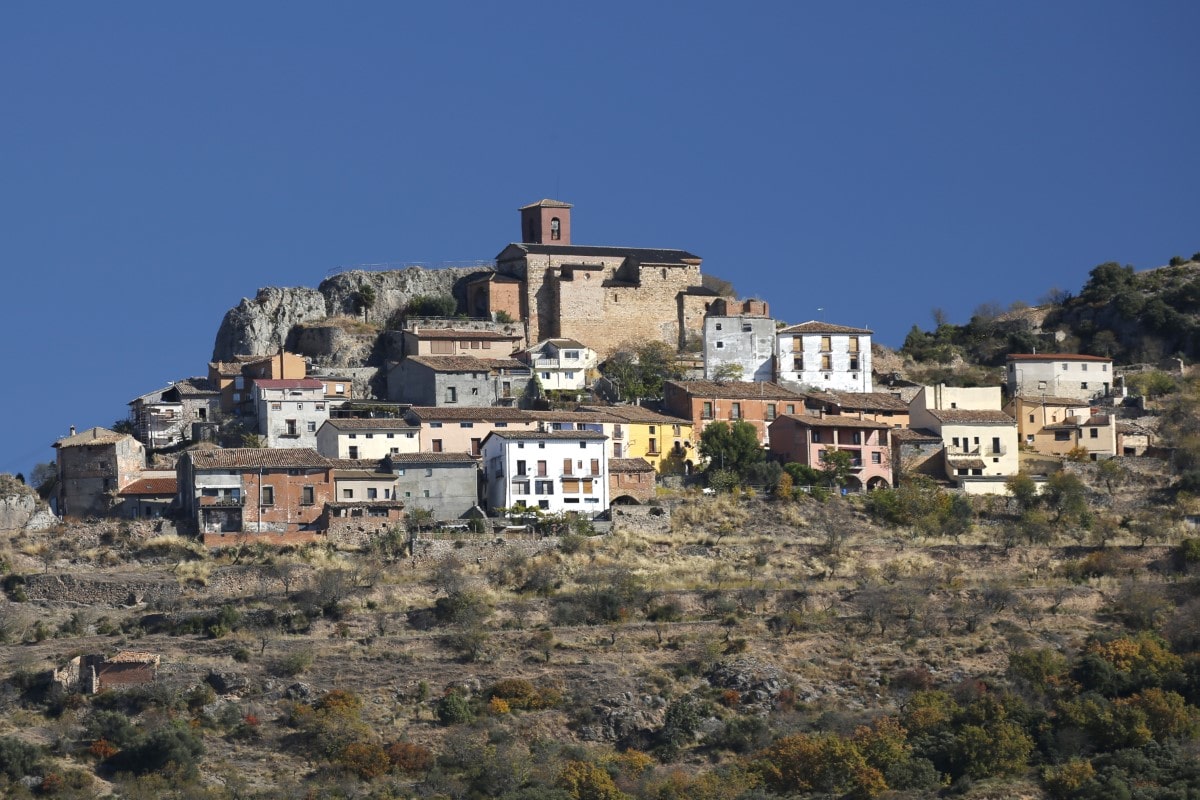
The municipal council of Hoz-Costean is made up of Montesa, Hoz de Barbastro, Salinas de Hoz, Costean and Guardia (uninhabited) all of which are located in the environs of the mountains known as the Sierra de Salinas.
The almost exclusive use of rough stone gives an urban landscape of pink tones and rough textures, in which the buildings are grouped into two well-defined areas. Many houses display beautiful ironwork, such as doorknockers in curious animal shapes.
Built in honour of Mary Magdalene, the parish church was constructed in the 17th century on the remains of a medieval castle. In its architectural design, different styles merge such as: Gothic (the ribbed vaults); Renaissance (cupola with cross); and Mudejar (gypsum decoration on the arches).
Hoz de Barbastro holds its local fiestas on the 22nd of July in honour of Santa Maria Magdalena.
Permisán
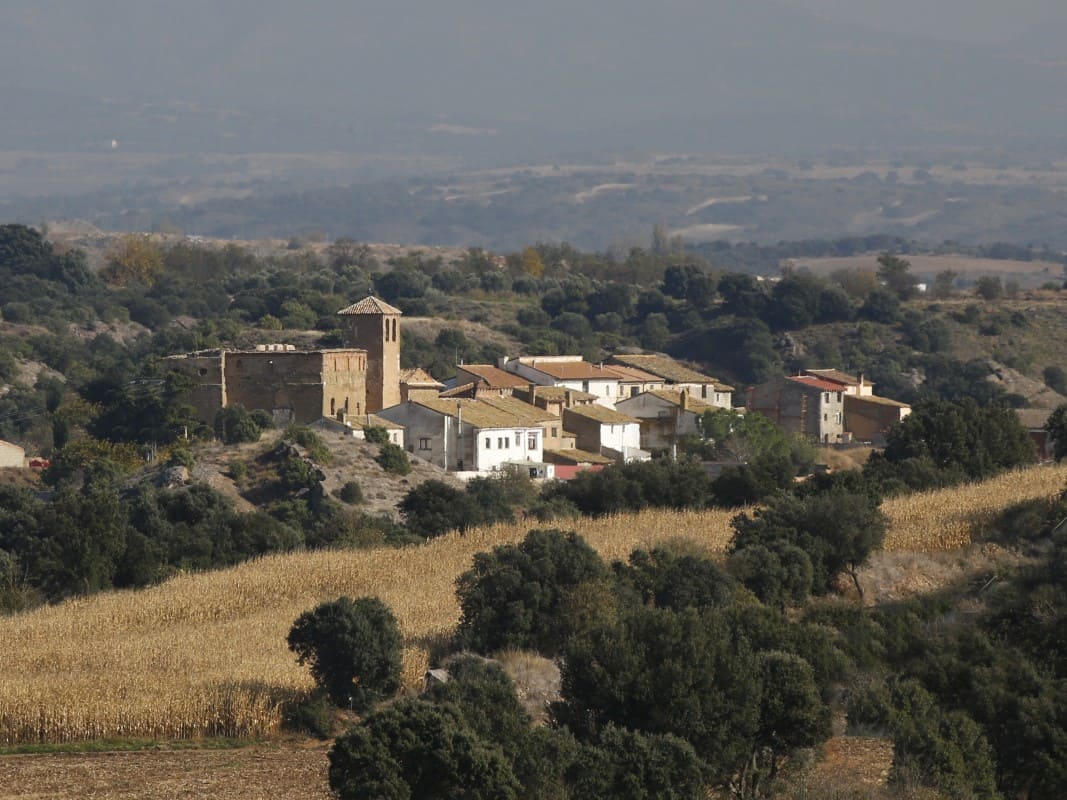
The small village of Permisán belongs to the municipal council of Ilche and is located on an agricultural plain to the south of Somontano.
Its most noticeable features are the fortified palace and the Los Angeles parish church, both of which date to the 16th century.
The palace is made up of two sections. The huge quadrangular block made of ashlars (measuring 20 x 14 metres) was used as a house. The square tower (sides each measuring 6 metres) rises at one of the corners and has a defensive air. The tower highlighted the elevation of the building and so a gallery of brick arches was added to the main section to reflect the height of the tower. The walls have large openings where artillery was once stored.
The simple church building with its single nave is attached to the palace and was built at the same time.
Castillazuelo
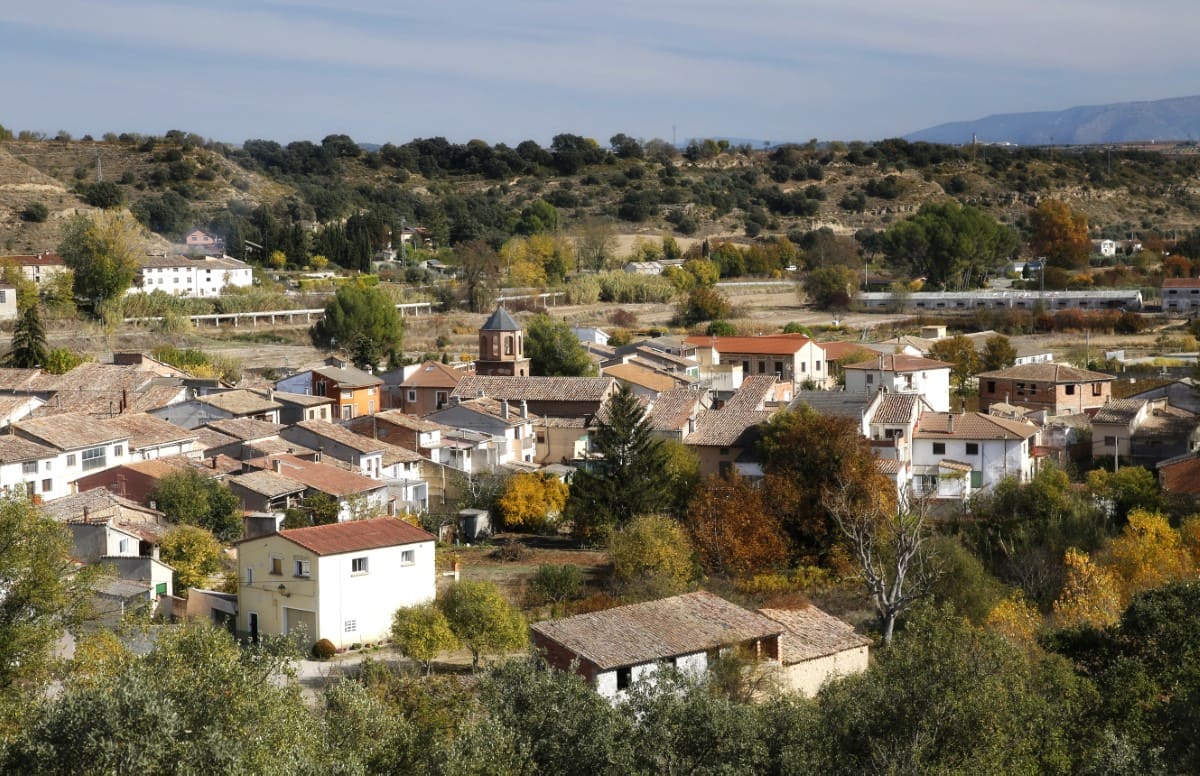
For centuries the river has favoured the development of the villages in the region of Somontano, where human settlements date from the pre-historic era to the present day. Iberians, Romans, Moors, Aragonese lords, vassals….
Castillazuelo is one of the few villages within the boundaries of the River Vero Cultural Park and offers a glimpse of history, nature and landscapes dotted with cultivated fields. The village highlights the huge importance of water to the region and its people as well as the ingenuity of man to use it to his advantage.Today Castillazuelo offers new tourist services and modern cultural facilities while continuing to prosper from rich agriculture, successful livestock farming and thriving industrial activity.
The first settlement flourished in the shelter of a medieval fortress, or castillo, from which the village takes its name. It stood on a high crag known locally as Lugar Alto (high place) and dominated the valley from this prime strategic location.
It is likely that there was a Muslim watchtower on the same spot, which would have later been fortified by the Aragonese as many Moorish installations were reused in this way. A small Romanesque church was also constructed on the site. A network of tunnels, passageways, water tanks and wheat storage bunkers were excavated from the heart of the sandstone rock. However hardly anything remains of this historic past except for the ruins of a grand, old house, which served as the residence of the Lord of Castillazuelo until the modern era.
The current village on the banks of the River Vero originates from the 16th century. In 1531 the Lord of Castillazuelo ordered the construction of 26 houses at the foot of the castle on the opposite side of the river to accommodate new residents; this area became known as Santa Maria de La Puente or Castillazuelo el Bajo.The urban layout is different to other villages in Somontano. The streets are laid out in the form of a cross spreading from the main central square, which is home to the 18th century parish church of San Salvador. It is made up of a single nave with a barrel vault and lunettes, the arches of which display simple plasterwork decoration in the traditional Mudejar style.
The old neighbourhood at the foot of the mountain (Ro Bario) and the new village, which grew in a well structured manner, are joined thanks to a narrow bridge with one span. This bridge now leads to the River Vero Visitor Centre where visitors can see the historical uses of the river and the main habitats that can be found along its banks.
The River Vero Visitor Centre is also the departure point for three different footpaths that are equipped with information panels along their length. They pass through attractive areas of the municipal area, between mountain and riverbanks. The best time to follow their winding route is in the spring and the autumn.



